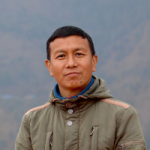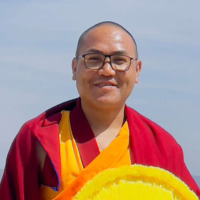B.P.P. & M.D.C. Regd: 1637/067
༄༅། །རྣམ་རྒྱལ་བྱང་ཆུབ་ཆོས་གླིང་།
Namgyal Jyangchub Choeling Monastery
नाम्गेल ज्याङ्छुब छोएलिङ्ग गुम्बा
H.E. Losang Namgyal Rinpoche
Latest Updates
Activies and Classes
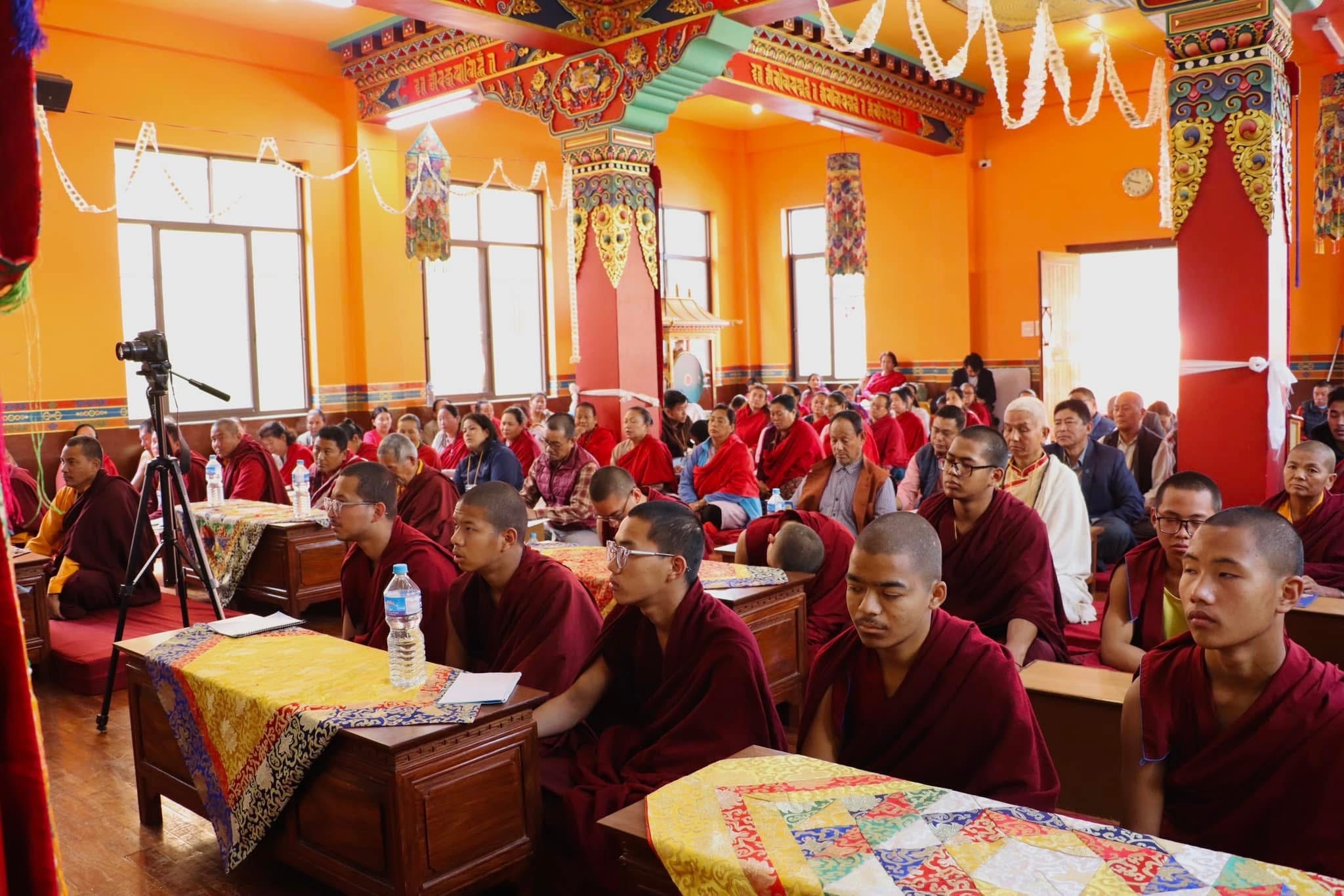
Sangha Class
Everyday NJC runs the Sangha Classes for our residential monks followed by different dharma practices, puja and rituals and debates.
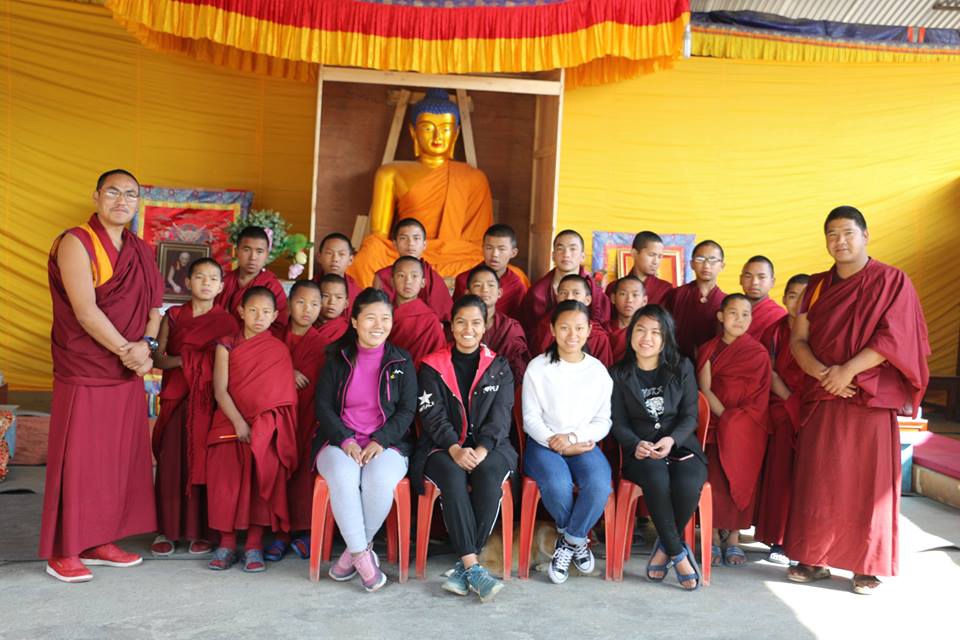
Sambotta and Mani Class
This class is specially designed to our lay dharma practitioners who wants to learn Buddhist dharma, scripts, language, philosophy, mani, puja, Chod and rituals.
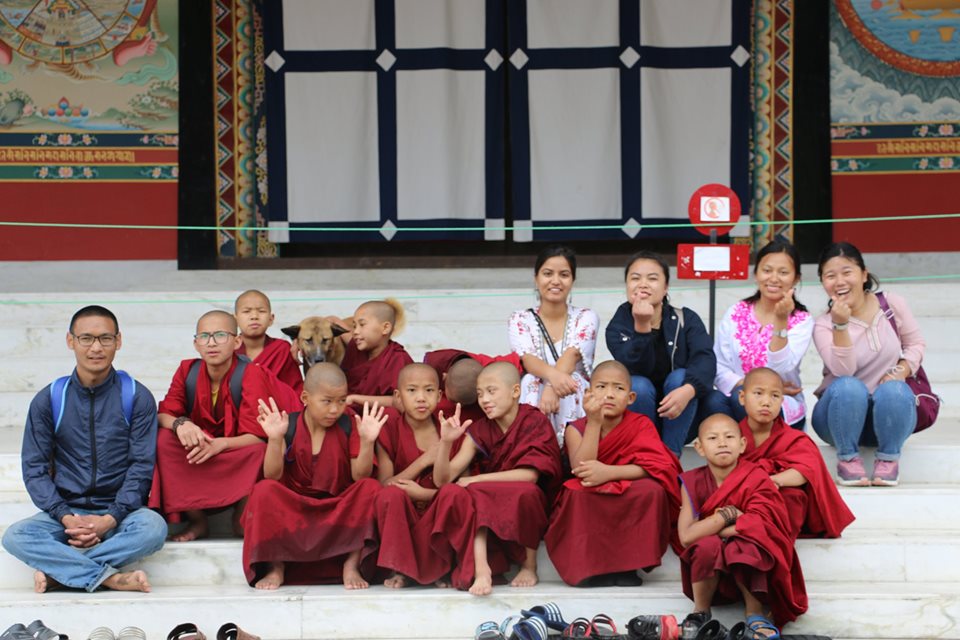
Dharma Club
Dharma Club class runs every Saturday designed for small children who learn dharma, meditation, social and moral values and discipline.
Projects
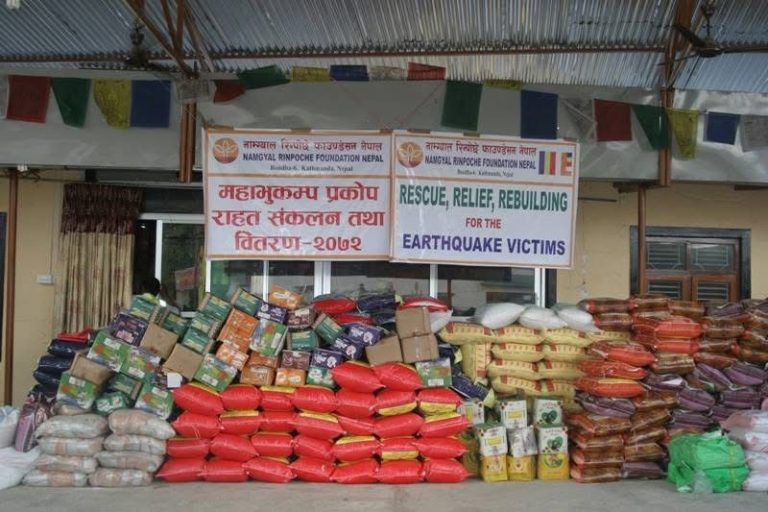
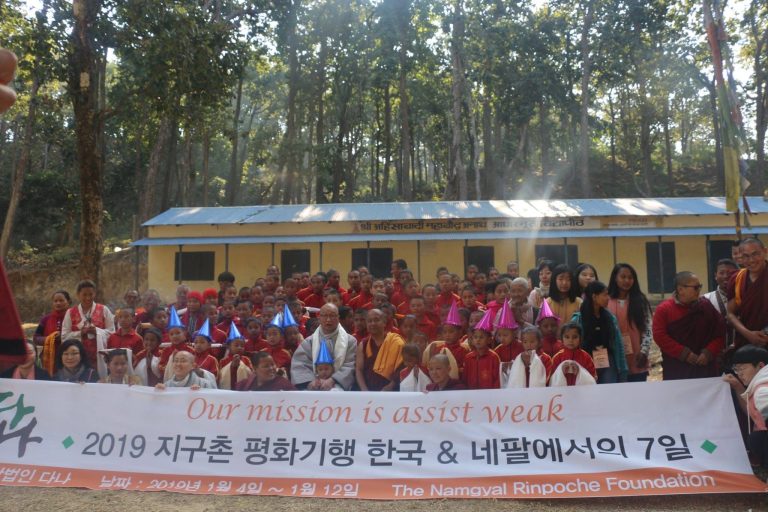
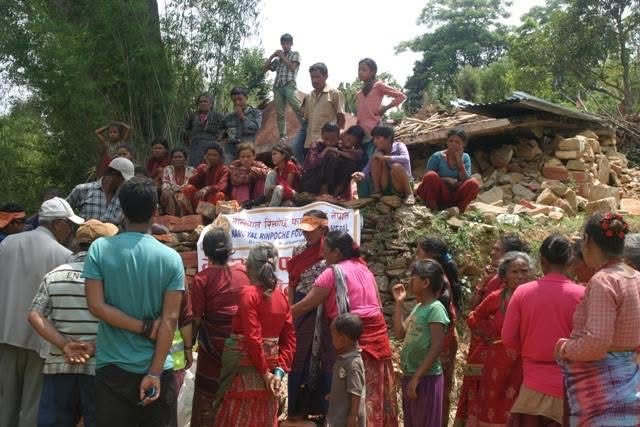

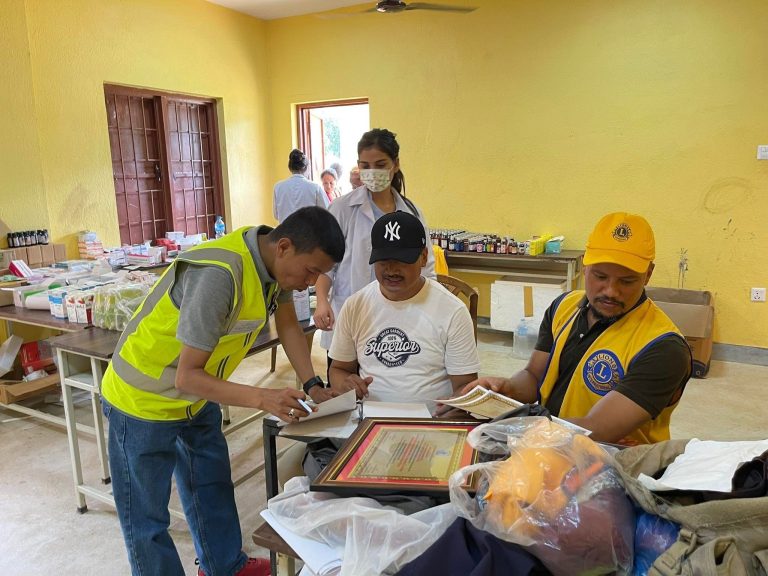
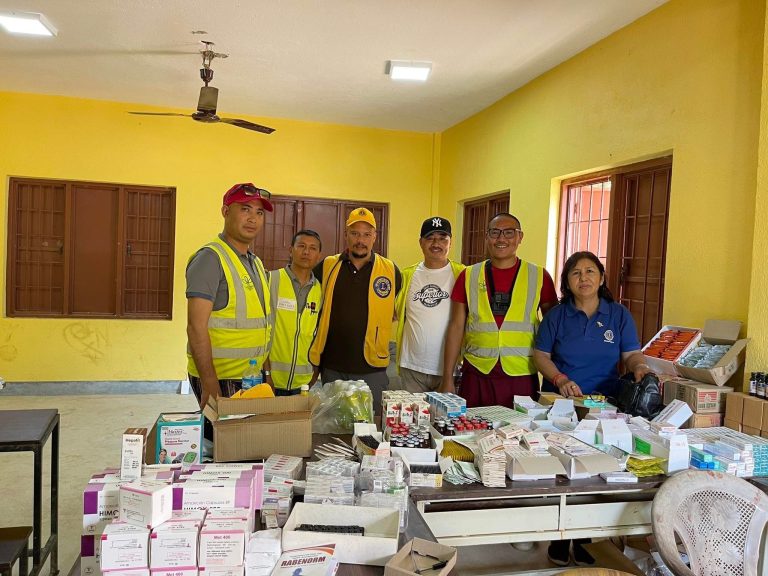
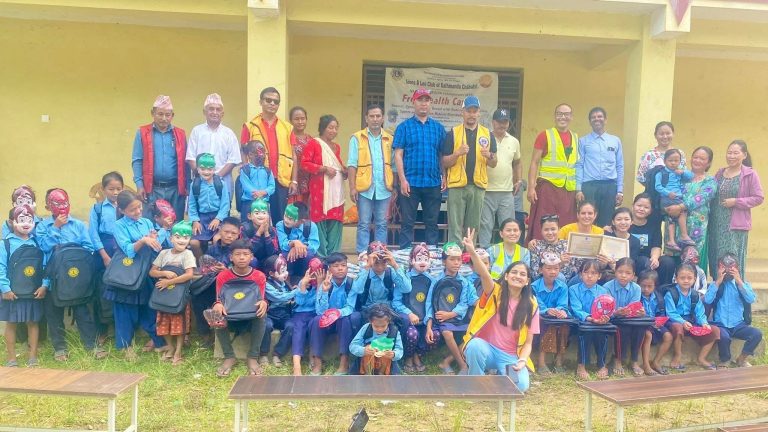
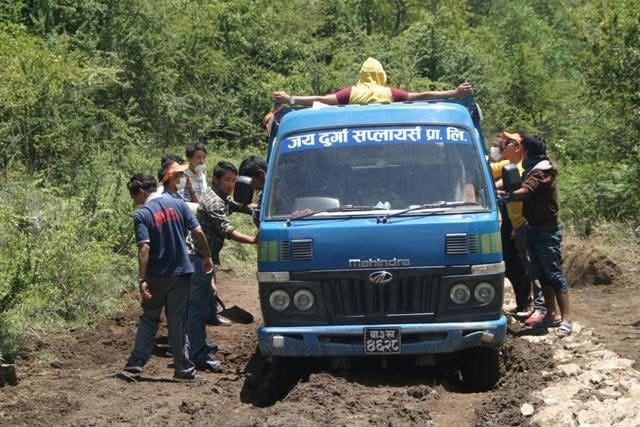
Plantation Project
“Plant the tree, Save the environment “. This plantation project aims to enhance environmental sustainability by increasing green cover, improving air quality, and supporting biodiversity.
White Lotus Project
This is a special project under the direction of H. E. Tulku Losang Namgyal Rinpoche that encompasses all its spiritual activities to bring pure Buddhism not only to the local community but also to those remote areas which have no access or have little access to dharma programs.
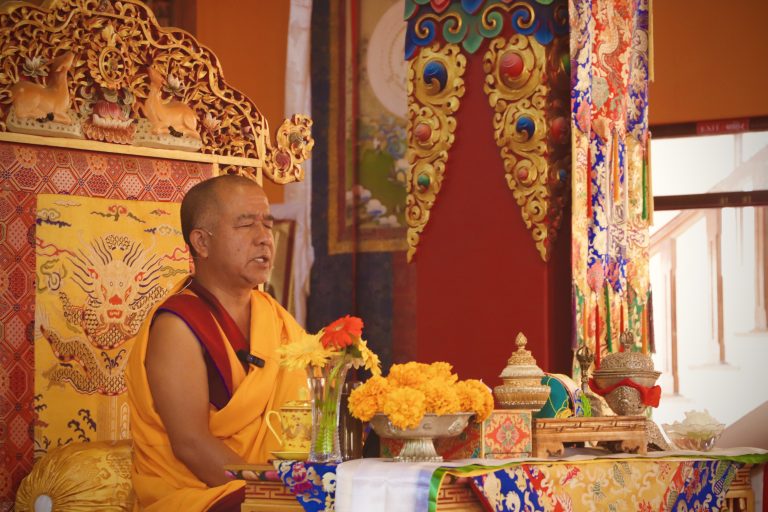
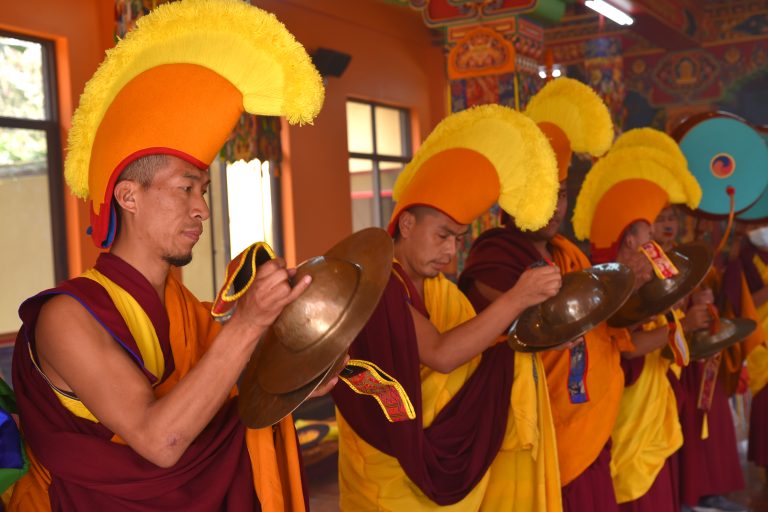
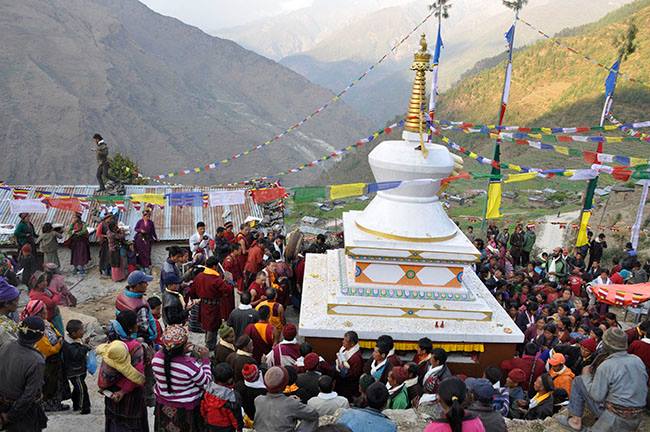








Scholarship Project
NJC provides scholarship to the diligent students who are in need for educational supports.
Events and Pujas 2025
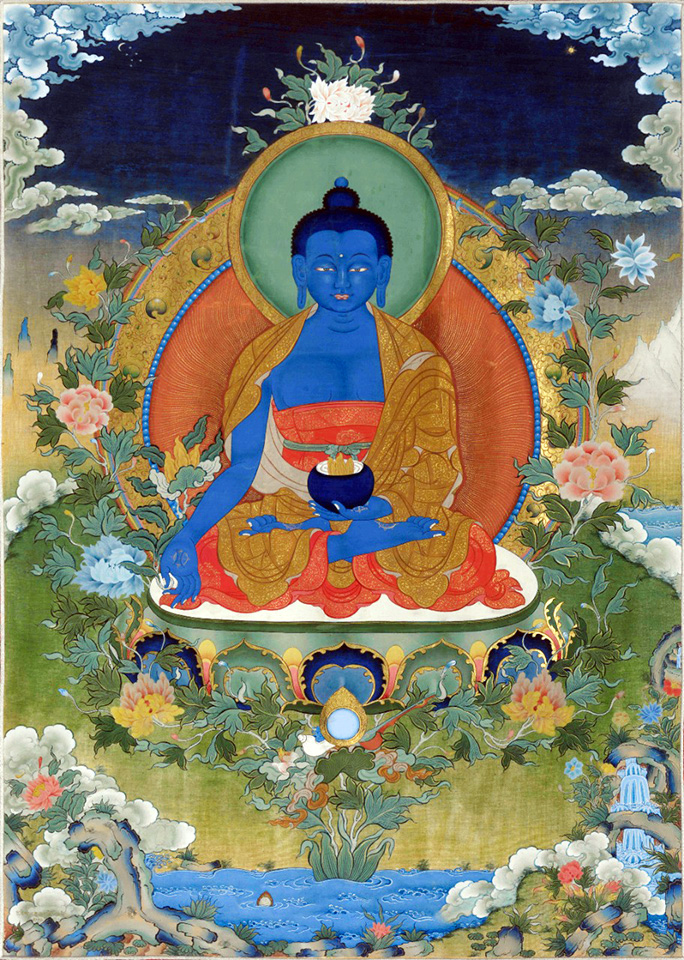
Losar is the Tibetan New Year, and it’s also widely celebrated in parts of Nepal, particularly by Tibetan Buddhists and ethnic groups such as the Sherpa, Tamang, Gurung, and Bhutia communities.
Chotrul Düchen (also spelled Chötrul Düchen or Chötrul Duchen) is one of the four great Buddhist festivals in the Tibetan calendar, and it’s a deeply sacred time known as the “Festival of Miracles”.
Every year on 10th may, we celebrate our root guru H.E. Losang Namgyal rinpoche auspicious birthday ceremony.
Buddha Purnima, also known as Vesak Day (or Vaisakha Day), is the most sacred day for Buddhists around the world. It commemorates three major events in the life of Gautama Buddha
One of the most important and sacred months in the Tibetan Buddhist calendar. It usually falls around May or June in the Gregorian calendar, depending on the lunar cycle.
Every year on July 6th, millions around the world celebrate the birthday of His Holiness the 14th Dalai Lama, Tenzin Gyatso, a global symbol of peace, compassion, and resilience.
We organize special guru Rinpoche Guru puja with Tshog offering.
It commemorates the first teaching given by the Buddha after his enlightenment, an event known as the First Turning of the Dharma Wheel (Dharmachakra Pravartana).
Nyung Né (also spelled Nyung-né or Nyungne) fasting retreat is a powerful Tibetan Buddhist practice, and it is indeed sometimes observed during Dashain in Nepal
It is one of the four major Buddhist festivals in the Tibetan tradition. The name literally means “Festival of the Descent from Heaven”, and it commemorates a specific event in the life of the Buddha, Shakyamuni.
"Request a Puja – Blessings for Health, Peace, and Prosperity."
Each puja cost $100. The money is distributed in offerings to the sangha who perform the puja and to the cost of the food offerings (tsog), and other expenses. Dedicated prayers and Mani praters are recited on your request. An offering would be gratefully accepted but not compulsory.
You can also say when you want the puja and the praters and we will do our best to meet your request.
1. Kagyur or Tengyur Text Offerings
Requesting lamas or monks to read full volumes of the Buddha’s teachings to create merit and remove obstacles.
4. Naga Puja (Lu Puja)
Offering to water spirits (nagas) to heal diseases, especially skin problems, and remove land-related obstacles.
7. Sang Puja (Incense Smoke Offering)
To purify the environment, please deities, and benefit local spirits.
10. Medicine Buddha Puja
Medicine Buddha, known as Bhaisajyaguru in Sanskrit and Sangye Menla in Tibetan, is the Buddha of healing and medicine in Mahayana and Vajrayana Buddhism.
2. Tara Puja
A peaceful offering to Mother Tara, to dispel obstacles and to fulfill the wishes.
5. Dzambhala Puja (Wealth Deity)
For prosperity and removal of financial blockages.
8. Sur Puja (Smoky Food Offering)
Usually done in the evening for hungry ghosts (pretas) and deceased beings, helping them find peace.
11. Mani and Butter Lamp Prayer
Offer Mani and Butter Lamp Every fullmoon and new moon day.
3. Dukkar (White Umbrella Goddess) Puja
For protection from black magic, spirits, and unseen harm.
6. Guru Rinpochen Puja
Celebrated every 10th data of Tibetan Calender.
9. Mahakala Puja
Mahakala , a fierce protector deity embodying the compassionate wrath of the enlightened mind.
12. Namgyalma Puja
For long life and purification of karmic obscurations.
Read Our Publictions
Organizations We Are Associated With
What is Happiness?
Since our goal and the purpose of life is happiness, what is happiness? Sometimes physical suffering can even bring a deeper sense of satisfaction like with an athlete after a grueling workout. So “happiness” means mainly a sense of deep satisfaction. The object of life or our goal, then, is satisfaction.
Happiness, sadness or suffering – for these, there are two levels: a sensorial level and a mental level. The sensorial level is common with tiny mammals, even insects – a fly. In a cold climate, when the sun comes out, a fly shows a happy aspect: it flies around nicely. In a cold room, it slows down: it shows
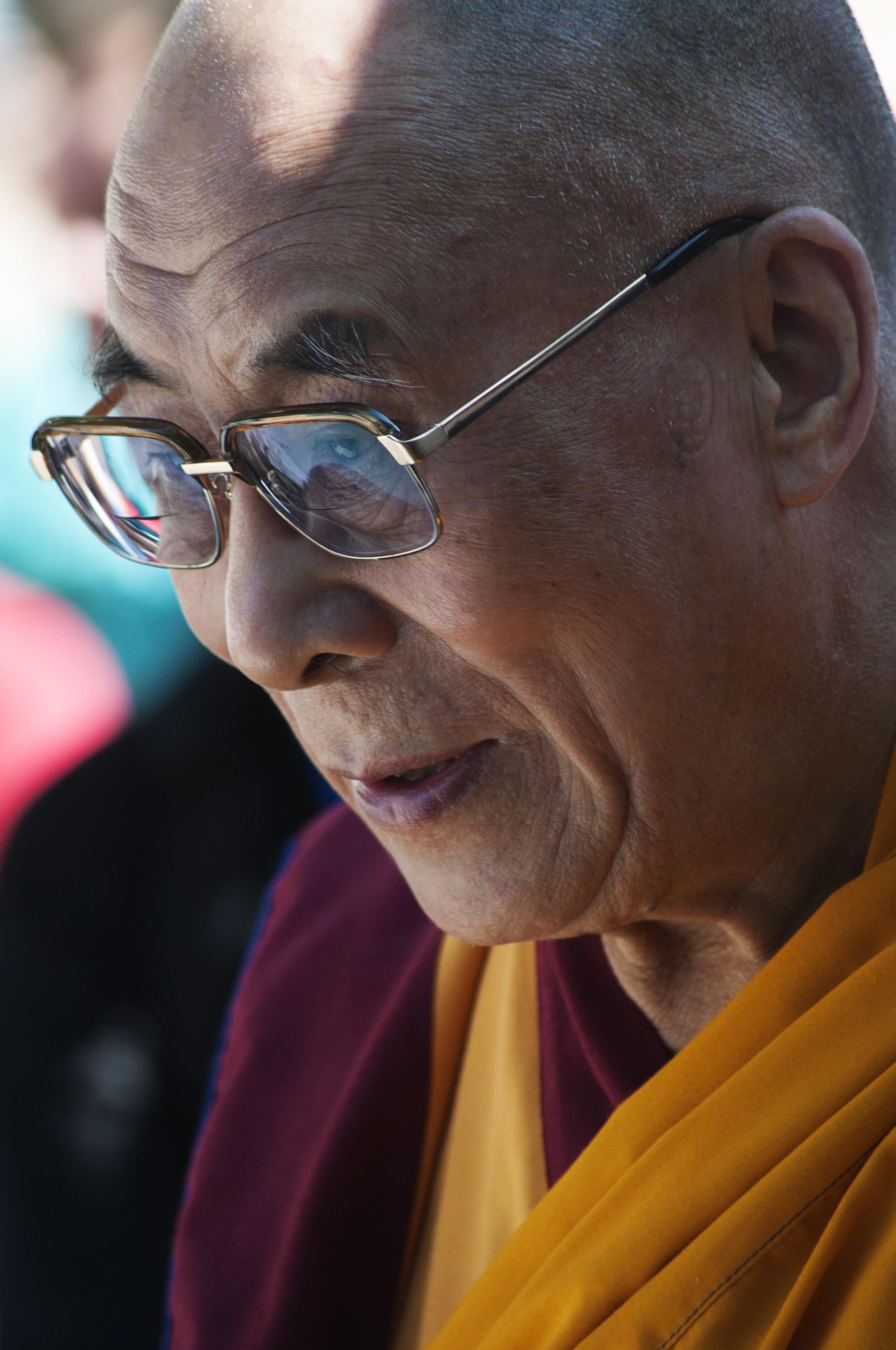
a sign of sadness. But, if there is a sophisticated brain, then there is even a stronger sense of sensorial pleasure. In addition, though, our sophisticated brain is the largest in size and, therefore, we also have intelligence.
Consider the case of humans who feel no physical threats. They have a happy, comfortable life, good friends, salary, and name. But, even then, we notice that some millionaires, for example – they feel that they are an important part of society, but often these people as persons are very unhappy persons. On a few occasions I have met very rich, influential people who showed a very troubled sense that, deep inside, they had a feeling of loneliness, stress and worry. So, on the mental level, they have suffering.
His Holiness, the 14th Dalai Lama
Monastery Council
